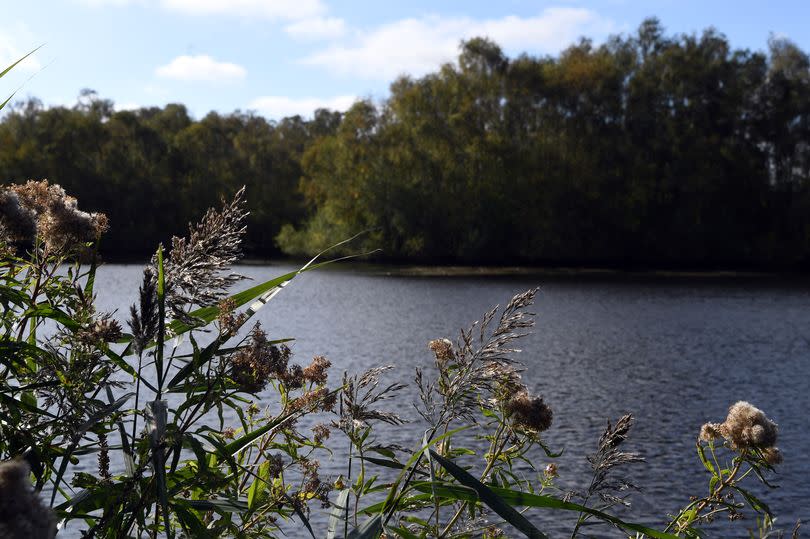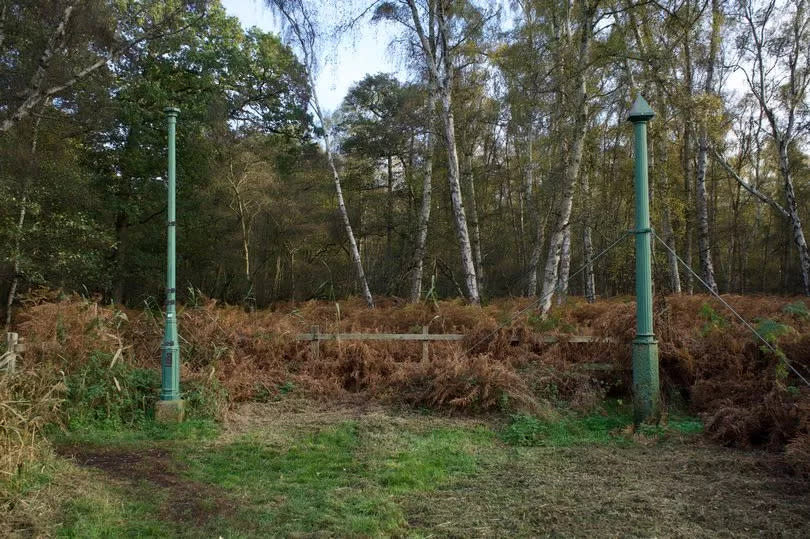The nature reserve with lowest point in the UK and a lost lake

The Fens is a rather historic and unique area of land. Around 200 years ago, vast areas were drained to make way for more farmland. But, there are some areas of wild fen that managed to survive, one of which is now a designated nature reserve.
Looked after by Natural England, Holme Fen Nature Reserve is a fascinating piece of Cambridgeshire countryside that managed to survive despite the draining of the Fens. The reserve has become something completely unique since it was almost destroyed 200 years ago.
At 657 acres, this wild fenland has a lot of different landscapes including woodland and wetland which attract a range of wildlife. Holme Fen is one of the few tiny areas of wild fen to still exist among hundreds of square miles of arable fields.
Read more: Rare thatched church with original medieval wall paintings hidden in rural village
Read more: 'I visited two nature reserves and couldn't believe I was still in Cambridge'
If you had visited Holme Fen a couple hundred years ago, it would have looked very different to how it is today. The largest lake in southern England, Whittlesey Mere was once on this site, but unfortunately no longer exists.
The Wildlife Trust website says: "An impressive three miles across, it was a place for ice skating, sailing and home to many species of wildlife found nowhere else. Some of these species, including the large copper butterfly, became extinct when the mere was drained to create farmland in the 1850s."

The river was one of the last parts of the Fens to be drained and the history of this landscape was almost completely lost to farmland. However, Holme Fen managed to survive due to it being too wet and boggy.
The drainage of the river also created another impressive feature of Holme Fen. Drainage of the areas around the reserve meant that it eventually dried out and silver birch trees started growing. Because of this, Holme Fen now holds the largest Silver Birch woodland in lowland England.
The paper thin white bark of silver birch trees is a striking sight at the nature reserve and is a contrast to the boggy environment surrounding them.
But the most well-known fact about Holme Fen is that it is the site of the lowest point in the UK. This lowest point is nine feet or 2.75 metres below sea level. That's around the size of an elephant as their average size is from 8.2-13 feet.

Read more: Coastal walk an easy drive from Cambs from the world's longest pleasure pier and past castle ruins
When visiting the nature reserve, you will find posts that mark the official lowest point. This shockingly low level didn't happen naturally. Although it was already the lowest point in the county, the soil level shrunk even further after Whittlesey mere was drained. Posts were initially placed to measure this shrinkage when it was drained in the 19th century.
You can discover the lost lake of Holme Fen and its lowest point on the special Lost Lake discovery trail which starts at the Holme Post and is roughly one mile long.
Do you want more of the latest Cambridgeshire news as it comes in? Sign up to our dedicated newsletter to make sure you never miss a big story from Cambridge or anywhere else in the county. You can also sign up to our dedicated Peterborough, Traffic and Crime newsletters for the latest updates on the topics you are most interested in.

 Yahoo News
Yahoo News 
